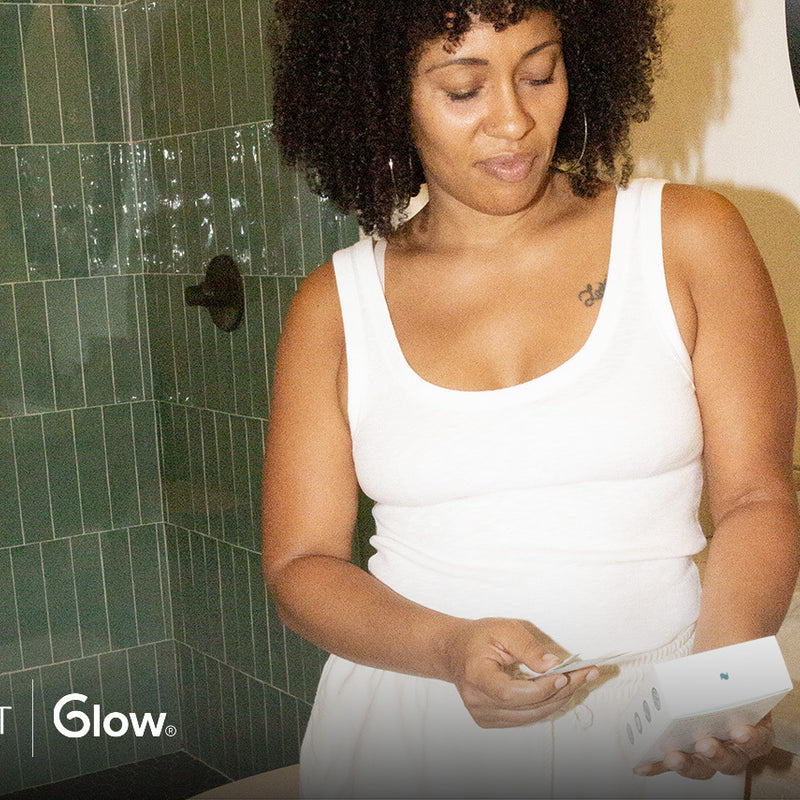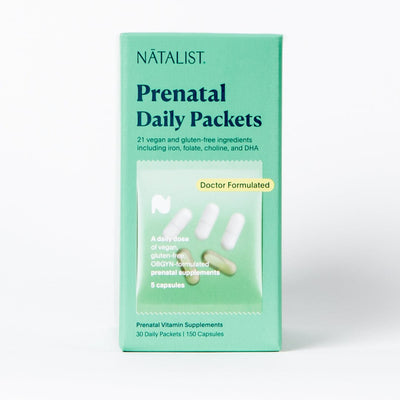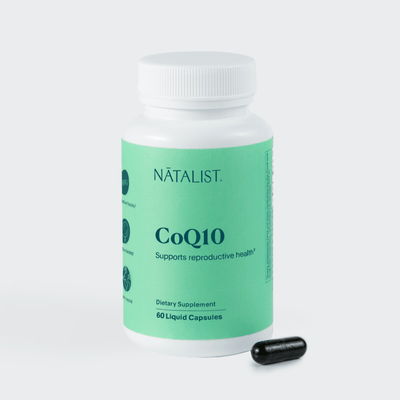Everything You Need to Know About C-sections

We’ll cover how common c-sections are, why they happen, risks vs. benefits, recovery time, and more.
By OBGYN and fertility expert Dr. Kenosha Gleaton
Many seem to think of vaginal birth when discussing childbirth, but the truth is about a third of births are cesarean sections. The American College of OBGYNs (ACOG) states that in the past few years, c-sections have made up around 32% of all births in the United States (around 1.3 million births). Let’s break down what exactly you need to know about c-sections.
What is a c-section?
ACOG’s definition of a caesarean section is “the delivery of a baby through incisions made in the mother’s abdomen and uterus.” Essentially a c-section is a surgery in which the skin of the abdomen and the uterus are cut open in order to remove the baby. This will be done after an epidural block, spinal block, or general anesthesia is given so that the lower half of the body is numbed.
Why do people get c-sections?
While about 32% of births (in recent years) have been via c-section, it’s estimated that only around 2.5% of these are due to maternal request. That means the large majority of c-sections are performed for medical reasons. Some of the most common reasons according to ACOG are:
- Failure of labor to progress: The cervix is not opening enough for the baby to move into the vagina
- Concern for the baby: Abnormal heart rate, concerns with the umbilical cord, etc.
- Multiple pregnancy: The more babies there are in the uterus, the more likely it is for them to be born via c-section, due to abnormal positions, preterm labor, and other factors.
- Problems with the placenta
- Extra large baby
- Breech presentation: The baby would be born with the feet or butt presenting first, instead of the head.
- Maternal infections: Such as human immunodeficiency virus or herpes
- Maternal medical conditions: Such as diabetes mellitus or high blood pressure
There are plenty of other reasons a doctor or patient could also elect for a c-section, including previous surgeries, previous complications, and more.
Risks of c-sections
Like all medical procedures, there are some risks associated with having a c-section birth, such as:
- Infection
- Blood loss
- Blood clots in the legs, pelvic organs, or lungs
- Injury to the bowel or bladder
- Reaction to medications or to the anesthesia that is used
There is also a rare but possible chance of fetal injury during c-sections. The most common is skin lacerations (a cut to the baby’s skin), followed by cephalohematoma (a bump on the head caused by blood accumulating), fetal fractures, and some others. There have been a few studies researching the prevalence of fetal injury and the rates are fairly low, occuring in only 1-2% of c-sections and most commonly occurring during emergency situations rather than elective procedures.
Recovery time is also a bit longer than for vaginal birth (more on recovery below), and post-op complications may arise. Fortunately, these complications only occur in a small number of women and are all easily treatable. Make sure you are monitoring your health and following your doctor’s instructions for recovery.
Benefits of c-sections
There are also some benefits to having a cesarean birth, such as:
- Avoidance of labor pain
- Alleviation of birth related anxiety
- Convenience of scheduling the time and location of birth
- Reduced stillbirth rates for c-section births
- Reduced risk of some labor complications
- Reduced risk of maternal urinary incontinence following birth.
Recovering from a c-section
A c-section birth is surgical, meaning there is a longer and typically more involved recovery process than there is after vaginal birth. Some may experience:
- Mild cramping, especially if you are breastfeeding
- Bleeding or discharge for about four to six weeks
- Bleeding with clots and cramps
- Pain in the incision
While recovering, it’s important to abstain from sex and avoid putting anything in the vagina for a few weeks (aka, cervical rest). The incision should also be given time to heal before any strenuous activity. This means waiting around six weeks (or until your doctor gives you the go-ahead) to start back into your normal exercise routine. Light stretching and walking can be great low impact ways to move your body before the six week mark hits.
Sleeping after giving birth is always a bit of a challenge, and a sore incision site can make it even more difficult. It’s best to try and sleep on the back, side, or in a propped up position to decrease pressure on the abdomen. Driving after surgery is also not recommended until about two weeks after delivery, when pain medication isn’t a factor and the incision site isn’t quite as sore.
So what about the scar? Typically the incision made for a c-section is around four to six inches long and will take at least six weeks to heal. Keeping the incision clean (never scrub your incision) and wearing loose fitting clothing are key for a quicker recovery.
VBACs
For those that have had cesarean deliveries and then plan to have a vaginal birth may be familiar with two terms: TOLAC, trial of labor after cesarean, and VBAC, (successful) vaginal birth after cesarean. According to ACOG, 60 to 80 percent of women who attempt vaginal birth after cesarean section are successful.
That success rate of course depends on certain obstetric characteristics. The most significant predictor of TOLAC success is a woman's cervical exam, yet there are many other contributing factors. Variables that negatively affect TOLAC success include things like increased BMI, pre-eclampsia, increased maternal age, and more.
C-section misconceptions
Unfortunately, there are a lot of misconceptions and stigma surrounding c-section deliveries. Let’s take a look at some examples.
- C-sections are an easy way out of giving birth: As stated previously, most c-sections are performed out of medical necessity and not maternal request. It’s also important to note that no matter how you give birth, it’s often a tough and tiring process.
- C-sections are dangerous: While there are some risks associated with c-sections, they’re actually responsible for decreasing maternal and infant mortality rates.
- It’s not possible to breastfeed after a c-section: It’s absolutely possible to breastfeed after a c-section! A lactation consultant may be helpful when finding positions that are comfortable.
- It’s necessary to stay in bed when recovering: While strenuous activity is discouraged, it is helpful for recovery to get out of bed and walk around! Getting the muscles moving and blood flowing can prevent complications after surgery.
- You can’t feel anything during a c-section: While the medical team will make sure the patient is properly numbed before the abdomen is cut, it’s normal and expected to feel some pressure during the surgery.
Why is there so much stigma around c-sections? Every single birth is a miracle and should be celebrated. Read more about why c-section shaming must stop!
Takeaways
- About one-third of births in the United States are c-sections.
- The majority of c-sections are performed out of medical necessity.
- Common reasons for c-sections include maternal infections, failure of labor to progress, problems with the placenta, and more.
- There are some risks associated with having a c-section, and the recovery is longer and more involved than for vaginal births.
- Vaginal birth after a c-section is possible and often successful.
Related Blogs
Sign Up For 10% Off Your First Order!
Sign up for insider access, exclusive deals, and OBGYN insights!
Reach Out, We're Here
Have questions about your order or products? For the speediest answer, check out our FAQ section. Need something else? Come find us below.
Customer Support
support@natalist.com
Press Inquiries
media@everlyhealth.com
Business & Partnerships
team@natalist.com
Affiliates + Influencers
team@natalist.com
Job Openings
Careers Page






















